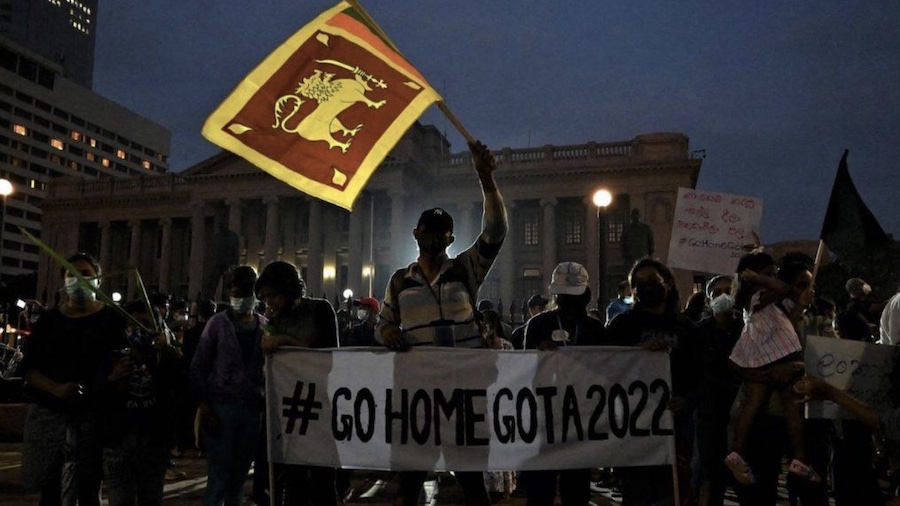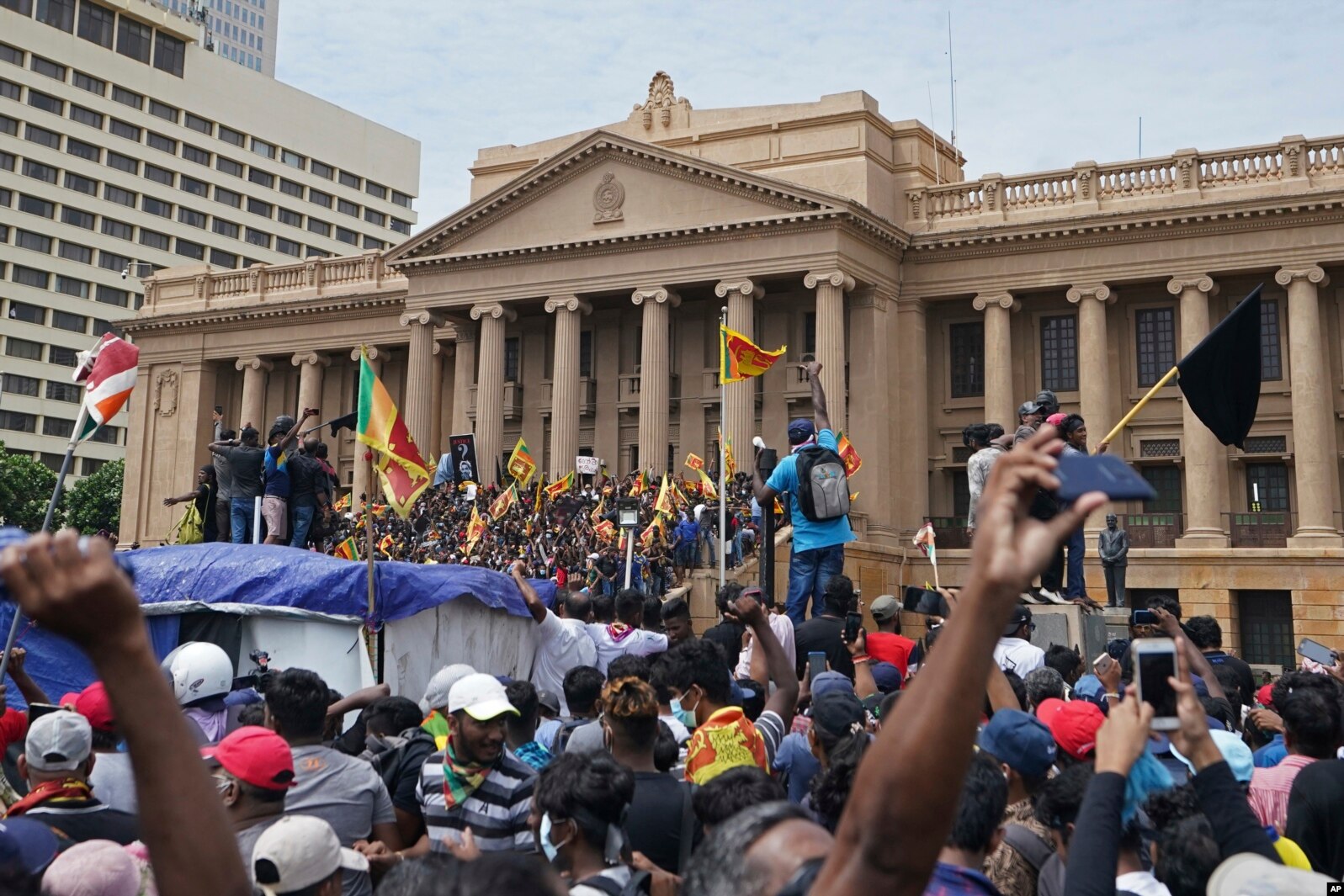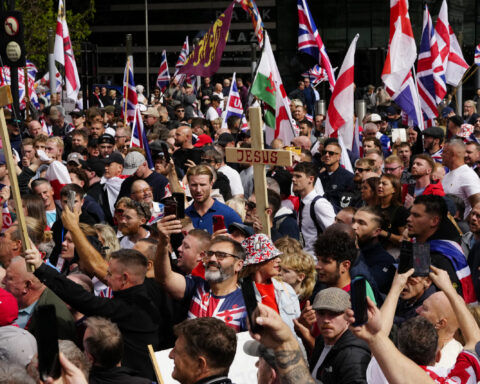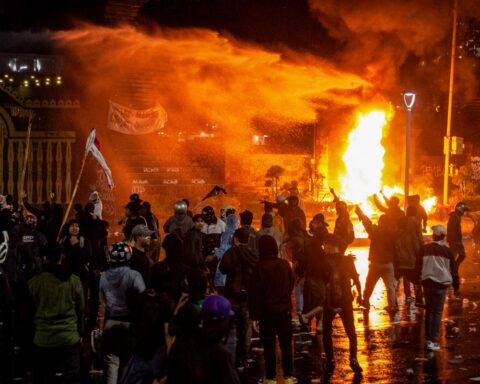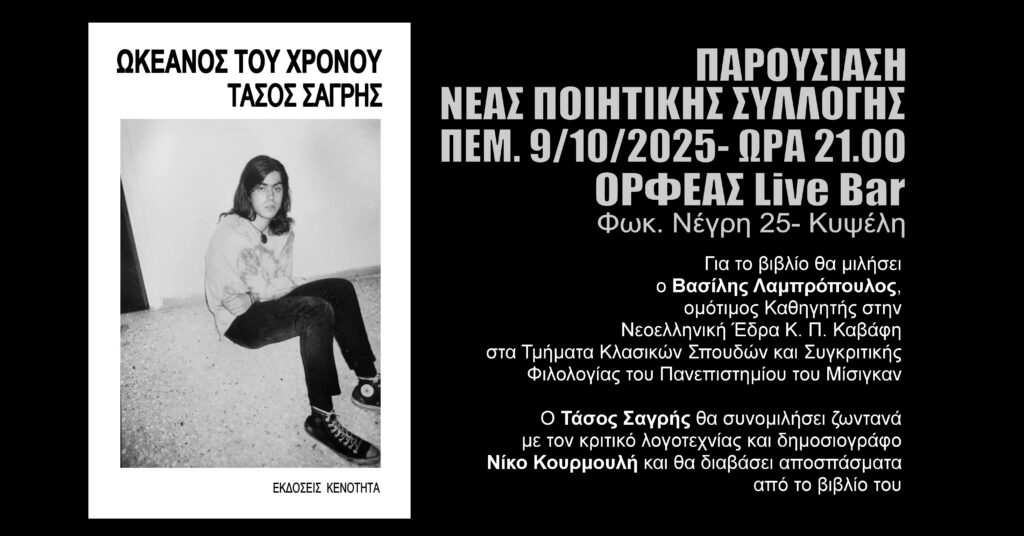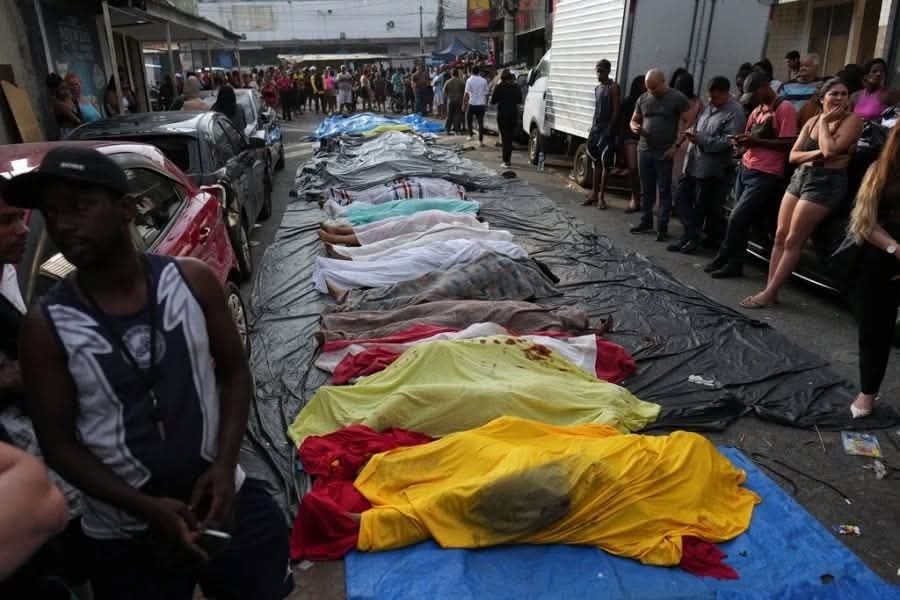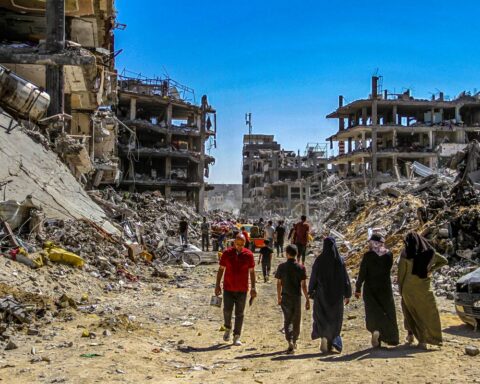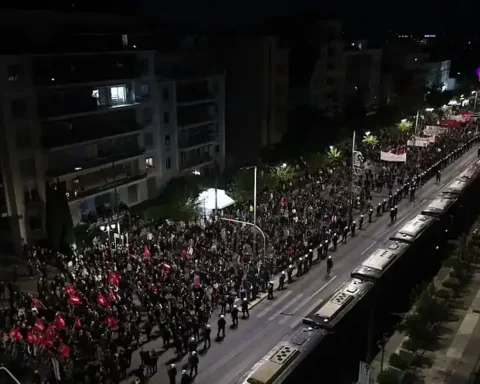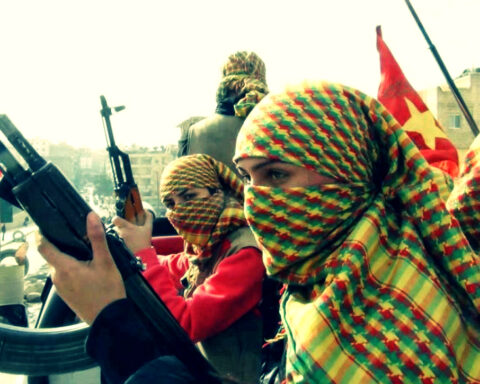On the morning of July 9, 2022, no one knew that the example set in Colombo later that day would soon reverberate around the world, leading to similar confrontations of corrupt politicians in Bangladesh, Indonesia and Nepal. Those young people who broke through police barricades and bravely waved off police tear gas on July 9 joyfully celebrated as they enjoyed the luxurious residence of the country’s president, Gotabaya Rajapaksa. They cavorted in his pool, drank his champagne, and filled their empty bellies with his well-stocked food supplies.
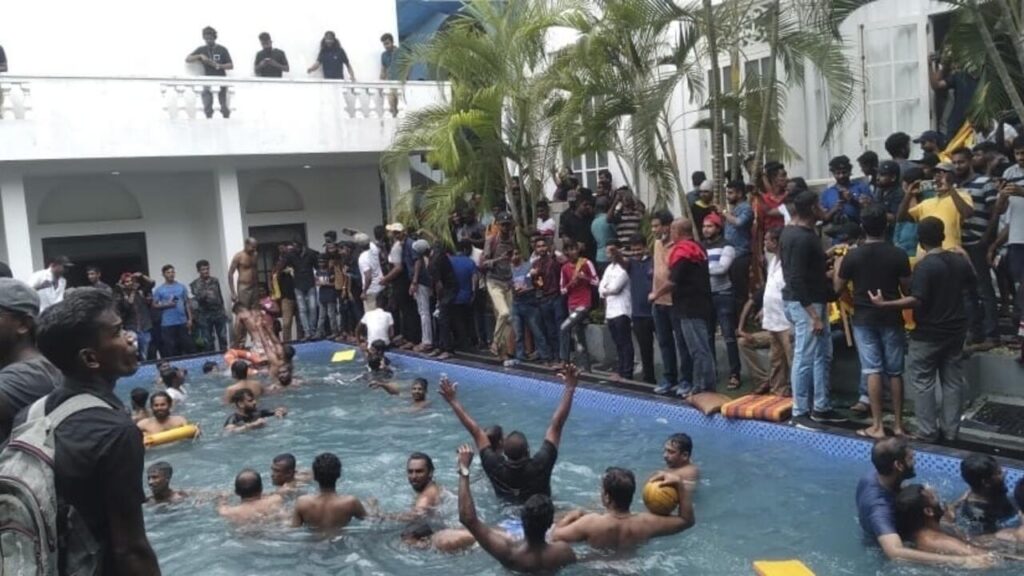
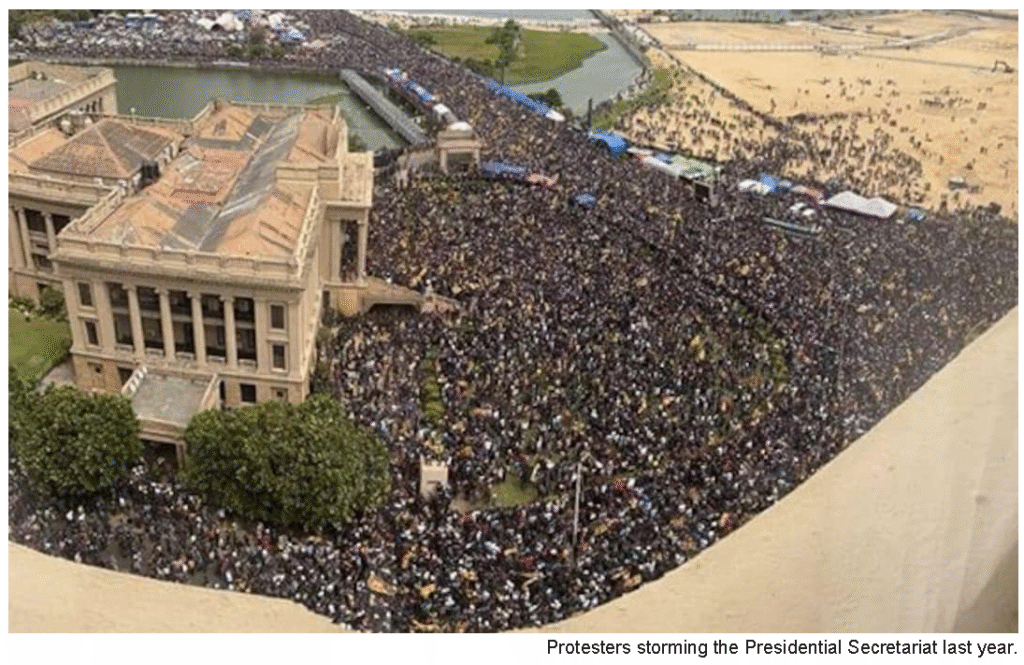
No crystal ball could have predicted that three years later, the example they set would lead to the wholesale arson of Nepal’s government buildings, its parliament, and supreme court. Nepal’s Gen Z hurricane-force uprising makes Sri Lanka’s Aragalaya (The Struggle) appear tranquil, even moderate, although at the time the Rajapaksa family were so frightened by protesters that both prime minister Mahinda and his brother, president Gotabaya, went into hiding, the former on an isolated naval base, the latter on a naval vessel.
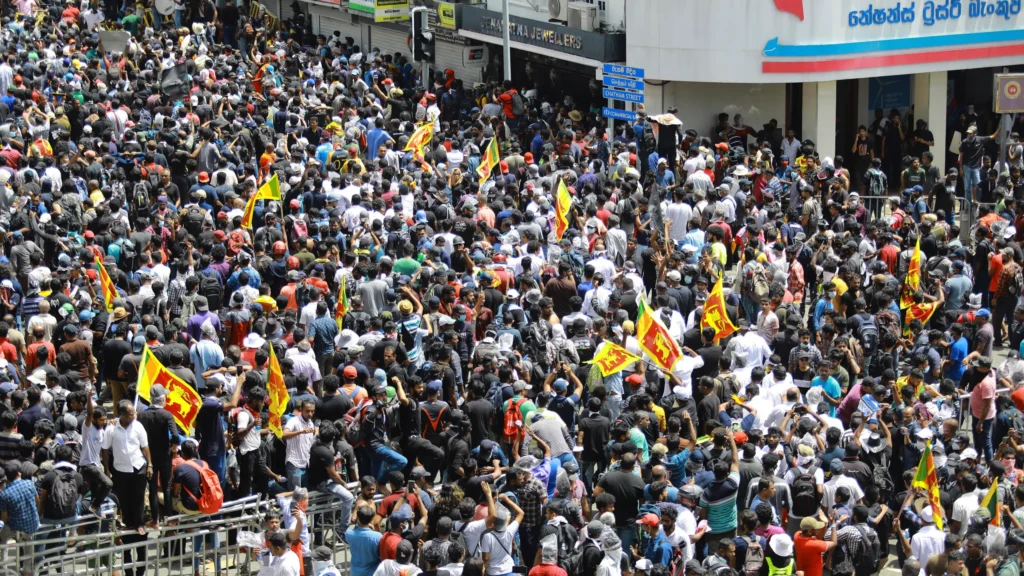
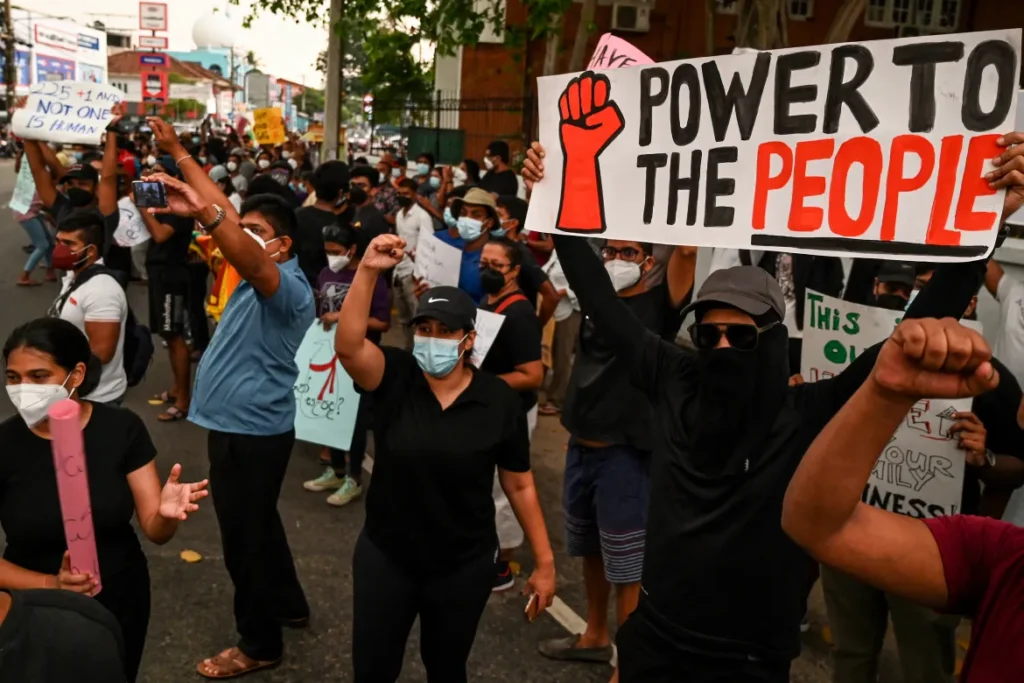
The term ‘economic crisis’ does not do justice to the indignities Sri Lankans suffered in 2022. Daily blackouts, fuel shortages, high unemployment and debilitating inflation–to say nothing of food shortages–plagued the nation at the same time as the elite enjoyed multiple luxury estates, staffed by servants even when their bosses were away for days at a time. Is it any wonder that young people screamed ‘Go Home Rajapaksas!’ and ‘Go Home Gota!’ As the movement built its momentum, their refrain became ‘Victory to the Struggle!’ (Aragalayata Jaya Wewa), showing how a revolt against perceived injustices was transformed into a revolutionary desire for a new reality.
Little did it matter that two decades previously, scarcely half the country had electricity, that schools, jobs, and basic healthcare had been largely unavailable. The growing gap between young people’s expectations in 2022 collided with the deadly misery crafted by elite politicians until an explosion was the only rational solution. Silent candlelight vigils overnight turned into hundreds of people swarming the president’s house on March 31, 2022. What had been a peaceful, spontaneous protest was then attacked by police firing tear gas and water cannons. The next morning, the president released a statement declaring that ‘extremist’ elements were trying to import the ‘Arab Spring’ to Colombo. The government declared a ‘state of emergency’ and mobilized the military and police to defy constitutional protections of free speech and assembly. Pro-Rajapaksa forces attacked young protesters, leading to a chain reaction of retaliations, a spiral of violence that engulfed even the homes and offices of the rich and powerful. Fishers, cricketers, carpenters and contingents of women all joined students in the protests. Even a nightly curfew and brief social media blackout failed to stop the movement.
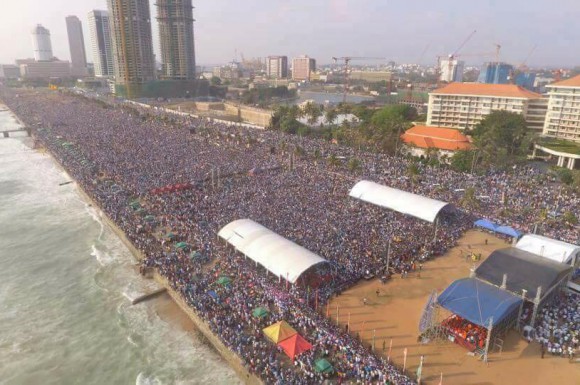
Occupation of the Galle Face Green provided protesters with a 24/7 base of operations. The government countered with a mobile phone signal jammer, hoping to isolate resistance, but people refused to back down until the president resigned. Similar to Occupy Wall Street camps, the occupation of Galle Face swelled in both services it provided and supporters who rallied to the cause. Celebrities arrived to serenade the beleaguered demonstrators. By the end of the month, more than 1,000 unions staged a one-day support strike. Led by university students, people surrounded parliament and demanded resignation of all members as well as for the Rajapaksa clan to return their stolen money. “This is our country, not your ATM!’ was one of many placards.
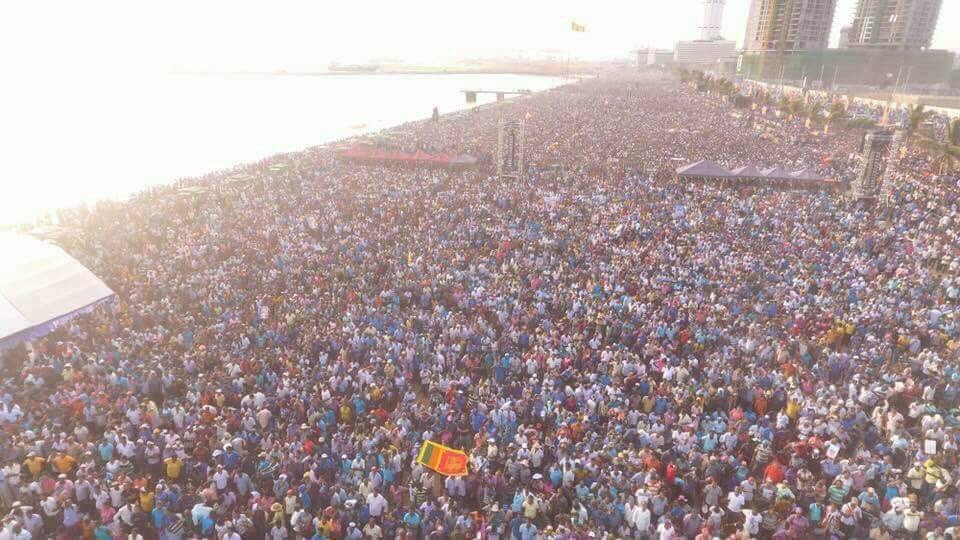
On May 9, Mahinda Rajapaksa organized his supporters to massively assault the Galle Face Green. As police watched, more than one hundred people were beaten so badly they required hospitalization. The attackers’ brutality immediately turned the country against ‘state sponsored terrorism.’ That very same day, Mahinda was compelled to resign as prime minister. Riots against Rajapaksa loyalists proliferated. Many of the buses that carried the mob to attack Galle Face were torched. Politicians who supported Rajapaksa’s attack were beaten on the streets, and more than a few of their homes were torched. Insurgents’ violence was well targeted. They burnt to the ground the home of Sanath Nishantha, the man who had led the attack on Galle Face. The Rajapaksa museum was torched, a statue of the brothers’ father was destroyed, and two family homes were destroyed. A family-owned hotel was burnt along with a Lamborghini, a Hummer, a Cadillac and Ferrari parked there. When it was thought that Mahinda was hiding at the Trincomalee naval base, people surrounded it and demanded that he be arrested. To stop the escalating retaliations, president Gotabaya Rajapaksa ordered the military to take charge of the streets with ‘shoot on sight’ orders and authorization to detain people for 24-hours.
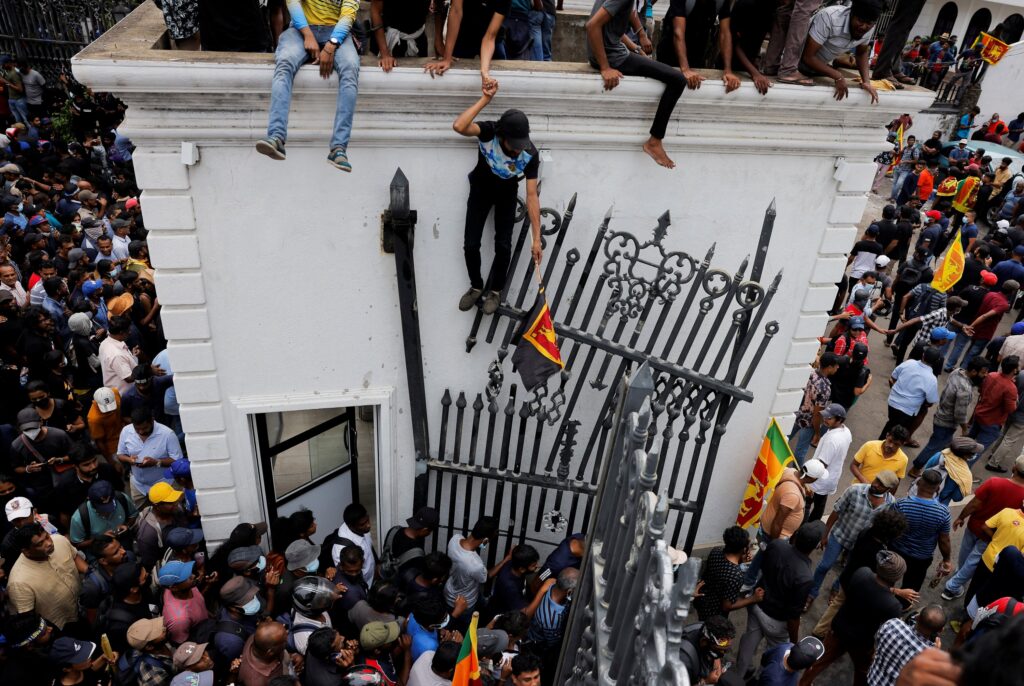
Two months of ongoing protests and repression culminated on July 9. After protesters began to surround his house, president Gota fled on an Air Force jet to the Maldives, later to Singapore. People swarmed the president’s residence and made it into an open house for days. Security forces enjoyed taking selfies along with thousands of citizens who came to marvel at the luxurious home. The presidential secretariat, the prime minister’s official residence as well as his private home were all occupied. Two weeks of uncertainty ended on July 13 when thousands of soldiers and police stormed Galle Face in a pre-dawn raid to close the camp. The occupied buildings were next.
Although ‘order’ had been restored by the military, protesters won their main demand, removal of the president, who fled along with more than dozen other clan members. By November, lines for gas and fuel all but disappeared, inflation cooled, and citizens enjoyed the satisfaction of having broken the Rajapaksas’ grip on power. Today, the nation continues to struggle with the legacy of Rajapaksa pillaging of state coffers.
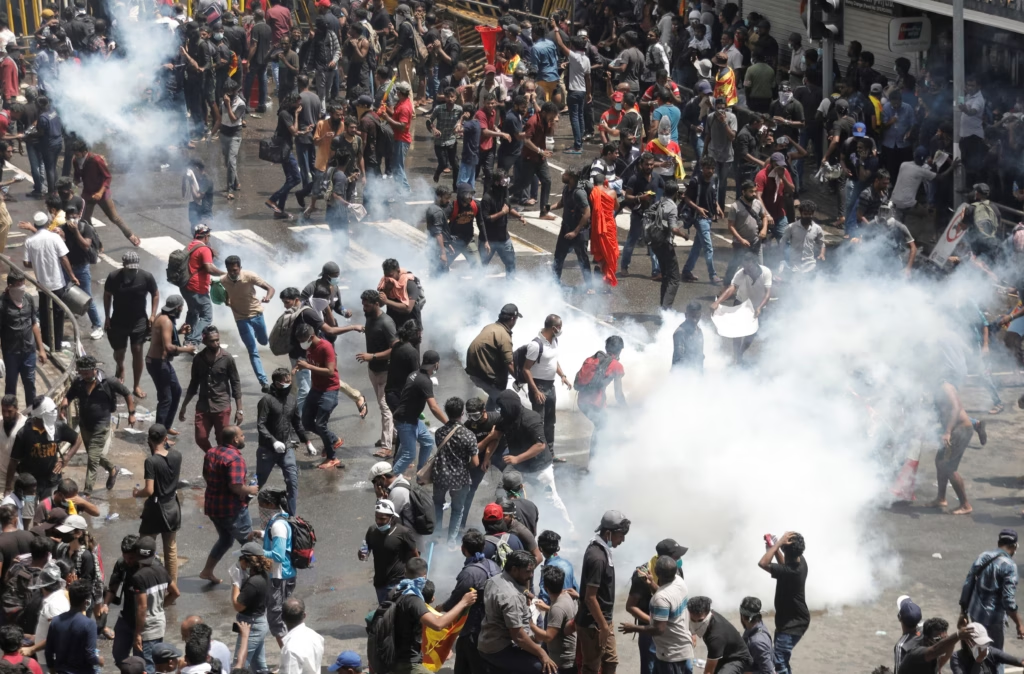
No knew it at the time, but by massively confronting its corrupt and power-hungry elite and forcing them from power, Sri Lanka’s heroic populace set an example that would be followed within years. The recent synchronization of revolts in Bangladesh, Indonesia, and Nepal reveals a phenomenon I named the ‘Eros effect’ to understand the global proliferation of revolutionary movements in 1968. Since then, other instances of simultaneous protests are evident in the global disarmament movement of the early 1980s, the Arab Spring and the Occupy Wall Street protests in 2011, the alterglobalization insurgencies from the Zapatistas to Seattle, and most importantly, although less well-known, the chain reaction of Asian uprisings in the Philippines (1986), South Korea (1987), Burma (1988), Tibet, Taiwan, and China (1989), Nepal and Bangladesh (1990) and Thailand (1992).
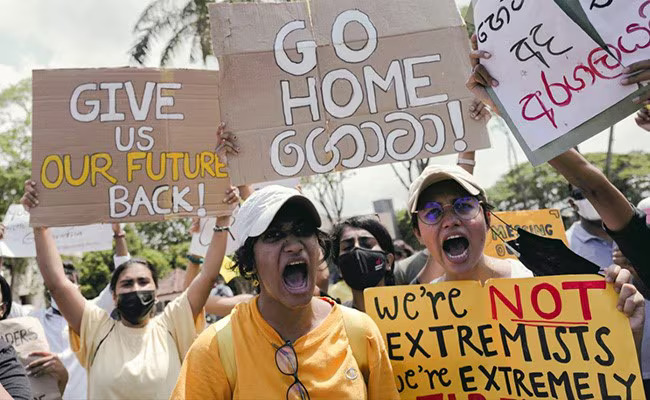
The example set in 2022 by The Struggle in Sri Lanka prefigured subsequent uprisings in Bangladesh, Indonesia, and Nepal. They all contained surprisingly similar characteristics. None involved centralized leadership nor involved traditional political parties. All had students at their centers. Each erupted suddenly, without governments’ having a clue about the turmoil ahead. Each targeted leading politicians’ homes and offices. All targeted ostensibly ‘democratic’ regimes that failed to offer any avenue for popular participation other than street protests. Their spontaneous emergence and the success of anti-corruption uprisings have put entrenched elites everywhere on notice. ‘Behave well or you may be next!’
____
* George Katsiaficas is the author Asia’s Unknown Uprisings. He is a retired professor from Wentworth Institute of Technology in Boston. His web site is www.eroseffect.com
